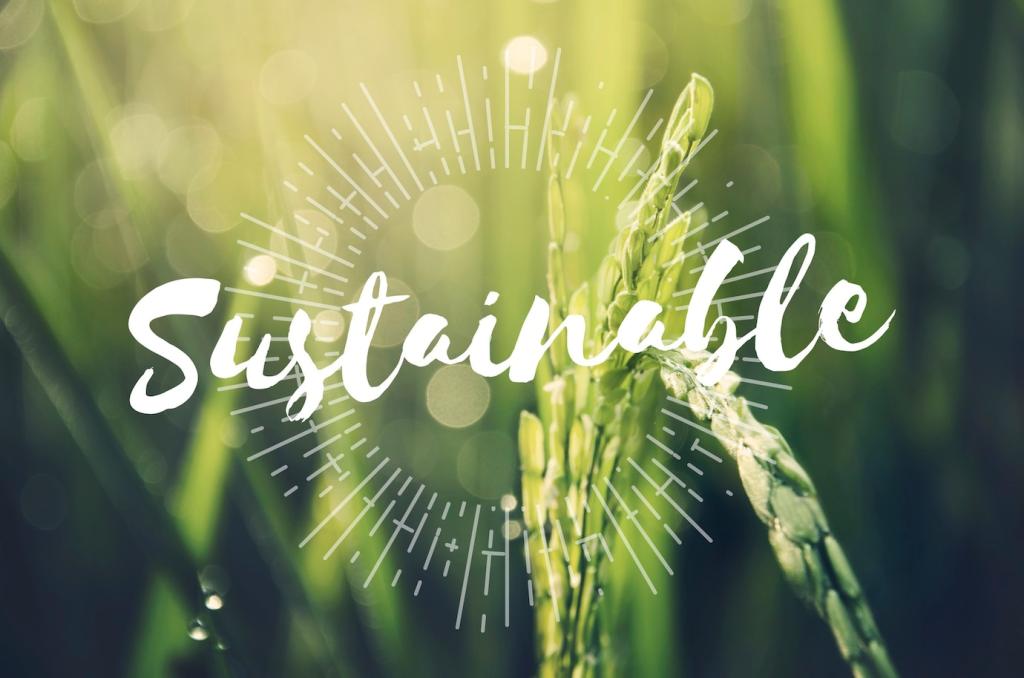Why Sustainable Materials Matter
Every material carries an embodied carbon footprint and a water story, from extraction to manufacturing to transport. Choosing lower-impact alternatives and local options reduces emissions meaningfully. Share which material swaps you’ve made at home and how they changed your project’s overall footprint.
Why Sustainable Materials Matter
Off-gassing from finishes, composite woods, and adhesives can affect indoor air quality for years. Prioritizing low-VOC paints, formaldehyde-free composites, and natural fibers supports clearer air and calmer minds. Comment if you’ve noticed a difference after switching to safer finishes in your living spaces.



